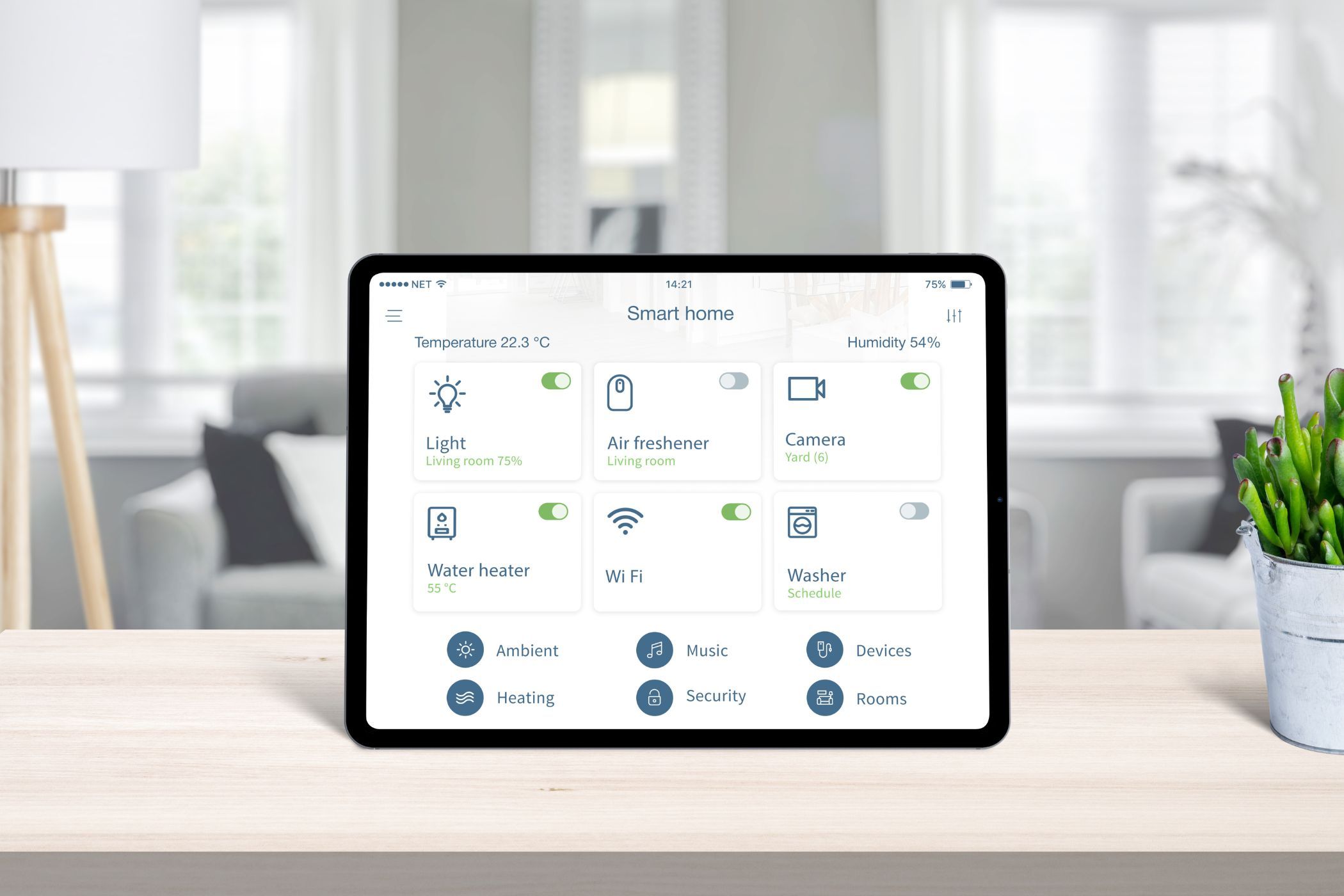Key Takeaways
- Compatibility is crucial: Ensure the platform works with your existing devices for seamless integration.
- Factor in cost: Evaluate if the platform is free or requires additional purchases or subscriptions.
- Active development is essential: Choose a platform still in development to avoid sudden discontinuation. Consider additional features offered as well.
A smart home platform lets you control and manage your devices from a single dashboard. There are multiple smart home platforms available today, including Amazon Alexa, Google Home, Samsung SmartThings, Apple Home (HomeKit), and the open-source Home Assistant.
With the numerous options available, how do you know which smart home platform will work best for you? Here are certain factors to consider when selecting a platform for managing your smart home devices.
1 How Compatible Is the Smart Home Platform With Your Existing Devices?
First, you need to consider the devices you currently have. Your smartphone, in particular, will help to narrow down options. While most other platforms allow for cross-compatibility, Apple HomeKit isn’t available on Android phones, and Android users in your household will not be able to use the platform.
Also, you should consider the smart home devices in your house currently. If you already have a smart device (or several) from a manufacturer such as Google or Amazon, it’d be much easier to get started with that platform.
2 Does the Platform Offer Ease of Use and Convenience?
Ease of use and convenience are the primary reasons for a smart home setup. Smart home platforms offer varying degrees of complexity that you may or may not be comfortable with.
Home Assistant, for example, offers an in-depth level of customization, but it can be overly complicated for non-technical users. Luckily, we have a guide that breaks down the process of setting up Home Assistant on a Raspberry Pi.
Other platforms don’t allow for advanced customization, but they provide an intuitive and user-friendly interface to facilitate the setup and management of your smart home.
3 Evaluate the Cost of the Smart Home Platform
While cost shouldn’t be the decisive factor when choosing a smart home platform, it is worth considering how much money you are investing in a platform. Google and Amazon’s platforms are completely free to use and purchasing a Google Nest Hub or an Amazon Echo smart speaker is optional. Other platforms require you to purchase a hub or require a monthly subscription for full functionality.
For a bare-bones smart home setup, you will find that the free options are more than up to the task. Also, unless you are deep in the Apple ecosystem, you may want to go with other platforms since its smart hubs (HomePod and Apple TV) are easily the most expensive on the market.
4 What’s Your Favorite Voice Assistant?
You may find it easier to choose a smart home platform if you already have a favorite voice assistant. You may be more partial to Google Assistant’s versatility, love Alexa’s dad jokes, or find Siri’s flailing attempts at voice recognition adorable.
Samsung SmartThings can work with both Google Assistant and Alexa, and the Home Assistant platform has a voice assistant called Assist that can be installed on Apple and Android devices.
5 Is the Smart Home Platform Still in Active Development?
If you are going to invest time and money in a smart home, you need to have reasonable assurance that the company is in it for the long haul and isn’t going to pull the plug suddenly, leaving you scrambling for alternatives.
While you can’t predict which platform is going to last, there are some telltale signs to take note of. Google, for example, has a knack for killing products prematurely and Siri is severely underdeveloped compared to other products. Amazon, however, seems to be a solid player in the industry and Home Assistant is open-source, which usually gives a project staying power. Be sure to consider all these in conjunction with other factors before deciding on a smart home platform.
6 Consider the Additional Features Offered by the Smart Home Platform
Finally, you should take a look at the extra functionality supported by the smart home platform. How many smart devices are compatible with the platform? How many integrations are supported? Can you create complex automations? How easy is it to extend the default features offered by the platform? Does it offer local control or is your smart home completely dependent on your internet connection?
You may only require some of these features, but they usually indicate a great smart home platform that will serve you for years. However, if all goes well, smart home platforms won’t matter much in a few years.
If you have been following the smart home scene for some time, you have probably heard of the Matter standard. It is a unified standard from Samsung, Amazon, Google, and Apple that allows smart home devices from different manufacturers to talk to one another. Matter isn’t perfect by any means, and it still has a long way to go. Once matured though, you will be able to control a wide range of Matter-compatible devices with any smart home platform of your choice.












